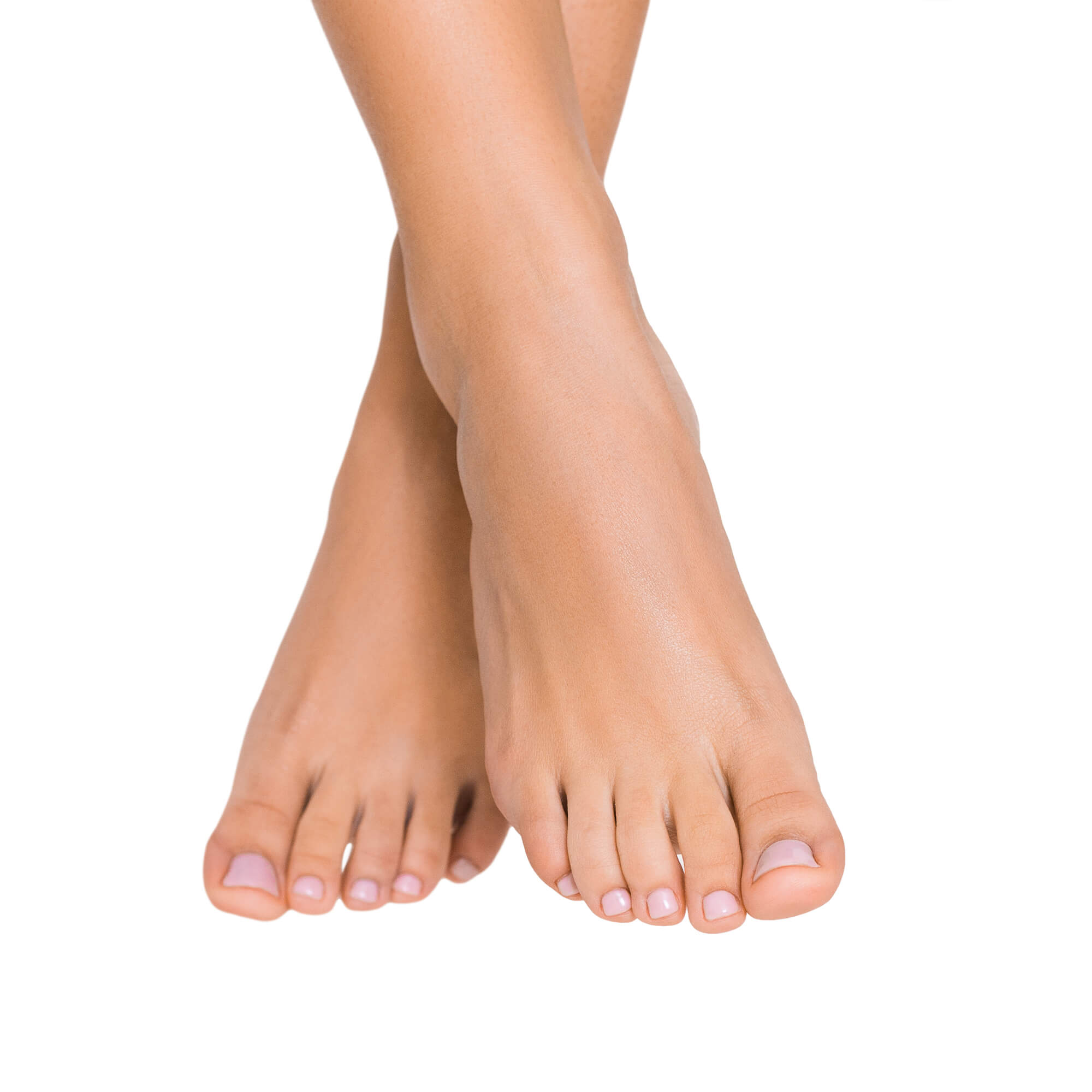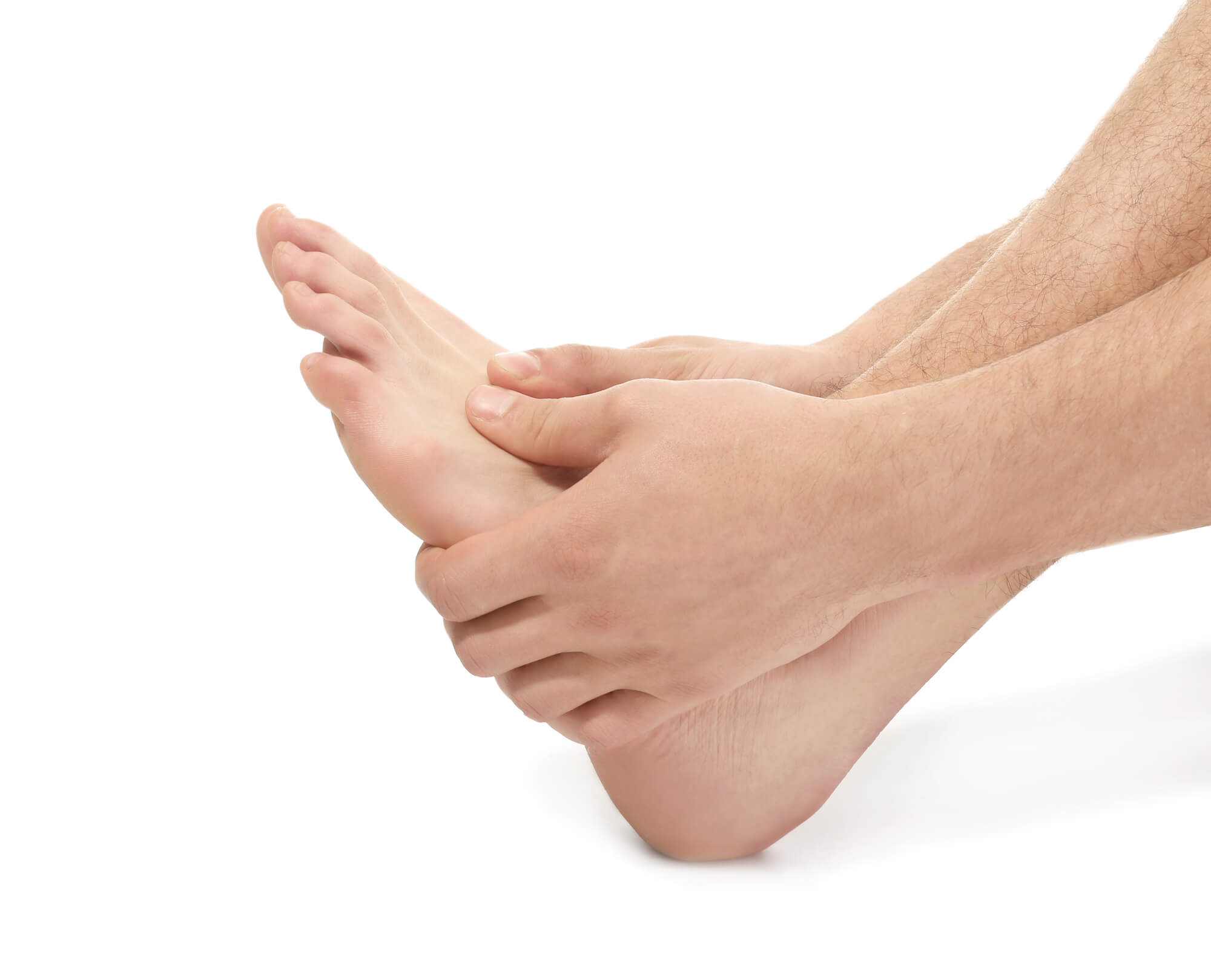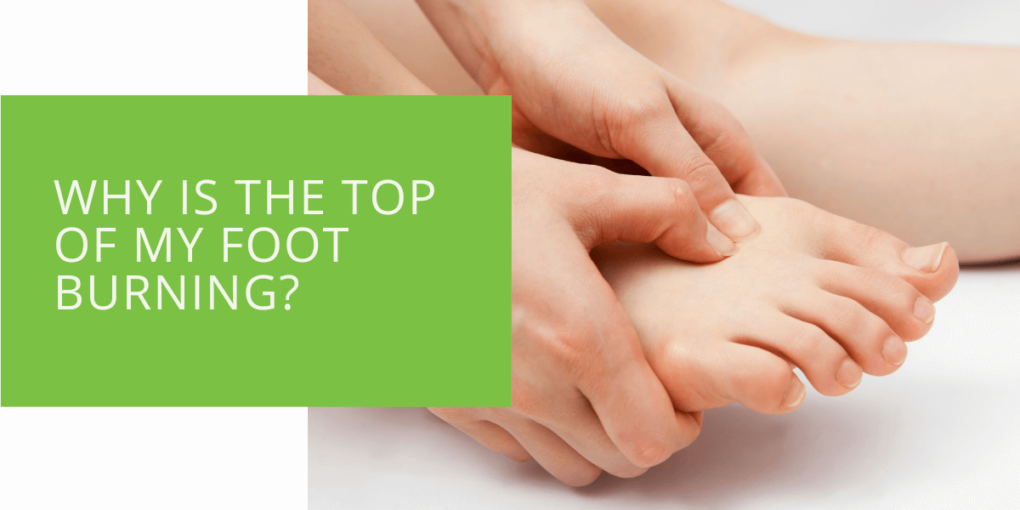Why is the Top of My Foot Burning?
Burning pain on the top of your foot can be a concerning and uncomfortable experience. It can happen suddenly or gradually and may come and go or be constant. This type of foot pain can be caused by several underlying conditions that affect the peripheral nerves or other structures of the foot. This article will discuss the common causes, treatment options, and prevention tips for this condition.
Common Causes of Burning on the Top of the Foot
Nerve Impingement
Nerve impingement, also known as entrapment, is a condition where a nerve is compressed or pinched by surrounding tissues. When this happens, the nerve may not function properly, leading to pain, numbness, tingling, or a burning sensation. Deep peroneal nerve entrapment is one common type of nerve impingement that can cause burning on the top of the foot.
The deep peroneal nerve runs down the front of the leg and into the foot, providing sensation to the skin on the top of the foot and toes. If this nerve has impinged, you may experience a burning sensation on the top of your foot and numbness and weakness in your foot and ankle. Other causes of nerve impingement include trauma, tumors, and deformities.
Peripheral Neuropathy
Peripheral neuropathy is a condition that affects the peripheral nerves, which are the nerves outside the brain and spinal cord. It can cause many symptoms, including burning pain, tingling, numbness, and weakness, in the feet and legs. Peripheral neuropathy can have many different causes, such as:
- Vitamin deficiency, particularly vitamin B12 and folate
- High blood sugar levels (diabetes)
- Autoimmune diseases
- Certain medications
- Alcohol abuse
- Infections
- Toxins and chemicals
If you have peripheral neuropathy, you may feel a burning sensation on the top of your foot and other symptoms. Treatment options depend on the underlying cause of your condition.

Tarsal Tunnel Syndrome
Tarsal tunnel syndrome is when the posterior tibial nerve, which runs through a narrow tunnel in the ankle, becomes compressed or damaged. This can cause burning pain, tingling, numbness, and weakness in the foot and ankle. Tarsal tunnel syndrome can be caused by several factors, such as:
- An injury to the ankle or foot
- Flat feet or fallen arches
- Arthritis
- Diabetes
- Tumors or cysts
- Inflammatory conditions
If you have tarsal tunnel syndrome, you may feel a burning sensation on the top of your foot and other symptoms. Treatment options may include rest, immobilization, physical therapy, medication, or surgery.
Capsulitis
Capsulitis is a condition that affects the joints in the foot, particularly the metatarsophalangeal joints, which connect the toes to the rest of the foot. It can cause pain, inflammation, and a burning sensation on the top of the foot. Capsulitis can be caused by several factors, such as:
- Poor-fitting shoes or high heels
- Excessive physical activity
- Foot injuries
- Genetic predisposition
- Arthritis
If you have capsulitis, you may feel a burning sensation on the top of your foot and pain and stiffness in your toes. Treatment options may include rest, physical therapy, medication, or surgery.

Treatment Options for Burning on the Top of the Foot
The treatment options for burning on the top of the foot depend on the underlying cause. Your podiatrist will perform a thorough evaluation to determine the cause of your symptoms and develop a treatment plan tailored to your specific needs. Treatment options can generally be classified into conservative and medical treatments.
Conservative Treatments
Conservative treatments are usually the first line of treatment for burning on the top of the foot. These treatments are designed to reduce pain and inflammation and may include the following:
Rest, Ice, Compression, and Elevation (RICE)
Rest, ice, compression, and elevation, or RICE, is a self-care technique that can help reduce pain and inflammation caused by burning on the top of the foot. RICE involves the following:
- Rest: Avoiding activities that cause pain and resting your foot to reduce stress on the affected area.
- Ice: Apply ice packs to the affected area for 20 minutes at a time, several times daily, to reduce swelling and pain.
- Compression: Wrapping your foot with an elastic bandage or wear compression socks to reduce swelling and support your foot.
- Elevation: Raising your foot above the level of your heart to improve blood flow and reduce swelling.
Physical Therapy and Stretching Exercises
Physical therapy and stretching exercises can help improve circulation, flexibility, and strength in your foot and ankle. Your podiatrist may recommend specific exercises and stretches that target the affected area to reduce pain and improve function. Examples of physical therapy techniques for burning on the top of the foot include ultrasound therapy, electrical stimulation, and massage therapy.
Orthotic Devices
Orthotic devices, such as braces, splints, or shoe inserts, can help support your foot, redistribute pressure, and improve your gait. These devices are designed to reduce pain and improve function in people with burning on the top of the foot. Your podiatrist may recommend custom-made orthotics tailored to your specific needs and foot structure.
Medications
Medications, such as nonsteroidal anti-inflammatory drugs (NSAIDs) or corticosteroids, can help reduce pain, inflammation, and swelling in people with burning on the top of the foot. NSAIDs are available over the counter, while corticosteroids are prescription medications administered by injection or orally. Your podiatrist will determine the most appropriate medication for your condition based on your symptoms and medical history.

Medical Treatments
Medical treatments may be recommended if conservative treatments do not provide relief or if the underlying condition requires more aggressive management. Medical treatments may include:
Prescription Medications
Prescription medications, such as pain relievers or anti-seizure drugs, can help reduce pain and improve function in people with burning on the top of the foot. These medications are typically prescribed for people with peripheral neuropathy, tarsal tunnel syndrome, or other nerve-related conditions that cause burning on the top of the foot. Your podiatrist will determine the most appropriate medication for your condition, based on your symptoms and medical history.
Corticosteroid Injections
Corticosteroid injections can help reduce pain, inflammation, and swelling in people burning on the top of the foot. These injections are typically administered directly into the affected area and can provide long-lasting relief. However, corticosteroid injections risk side effects like infection, skin discoloration, or skin thinning.
Surgery
Surgery may be recommended in severe cases of burning on the top of the foot, such as those caused by tarsal tunnel syndrome or capsulitis. Surgery may involve the decompression of the affected nerve or joint replacement, depending on the underlying cause of your symptoms. Based on your symptoms and medical history, your podiatrist will determine the most appropriate surgical approach for your condition.
Prevention
Preventing burning on the top of the foot involves adopting healthy habits and caring for your feet. Here are some tips to help prevent this condition:
- Wear properly fitting shoes that provide support and cushioning
- Avoid wearing high heels or shoes with pointed toes
- Maintain a healthy weight to reduce pressure on your feet
- Perform regular foot exercises and stretches to improve circulation and flexibility
- Avoid excessive physical activity that can strain your feet and legs
- Get regular check-ups with your podiatrist to monitor your foot health
Conclusion
Burning pain on the top of your foot can be caused by several underlying conditions, such as nerve impingement, peripheral neuropathy, tarsal tunnel syndrome, or capsulitis. If you are experiencing burning on the top of your foot, it's important to seek medical advice from a podiatrist. Your podiatrist can perform a thorough evaluation, identify the underlying cause of your symptoms, and develop a treatment plan tailored to your specific needs. By following healthy habits and taking care of your feet, you can help prevent burning on the top of your foot and maintain good foot health.

